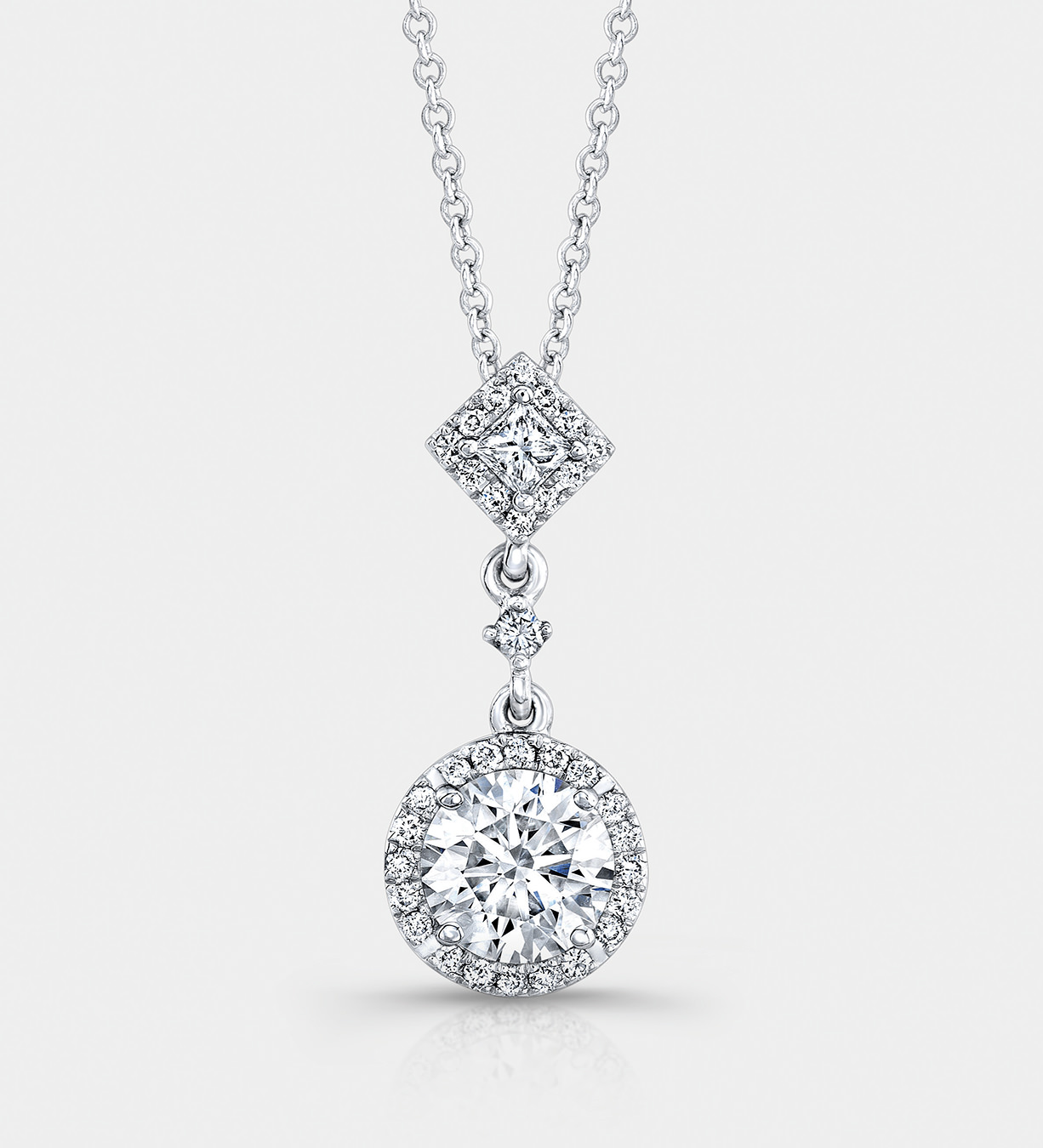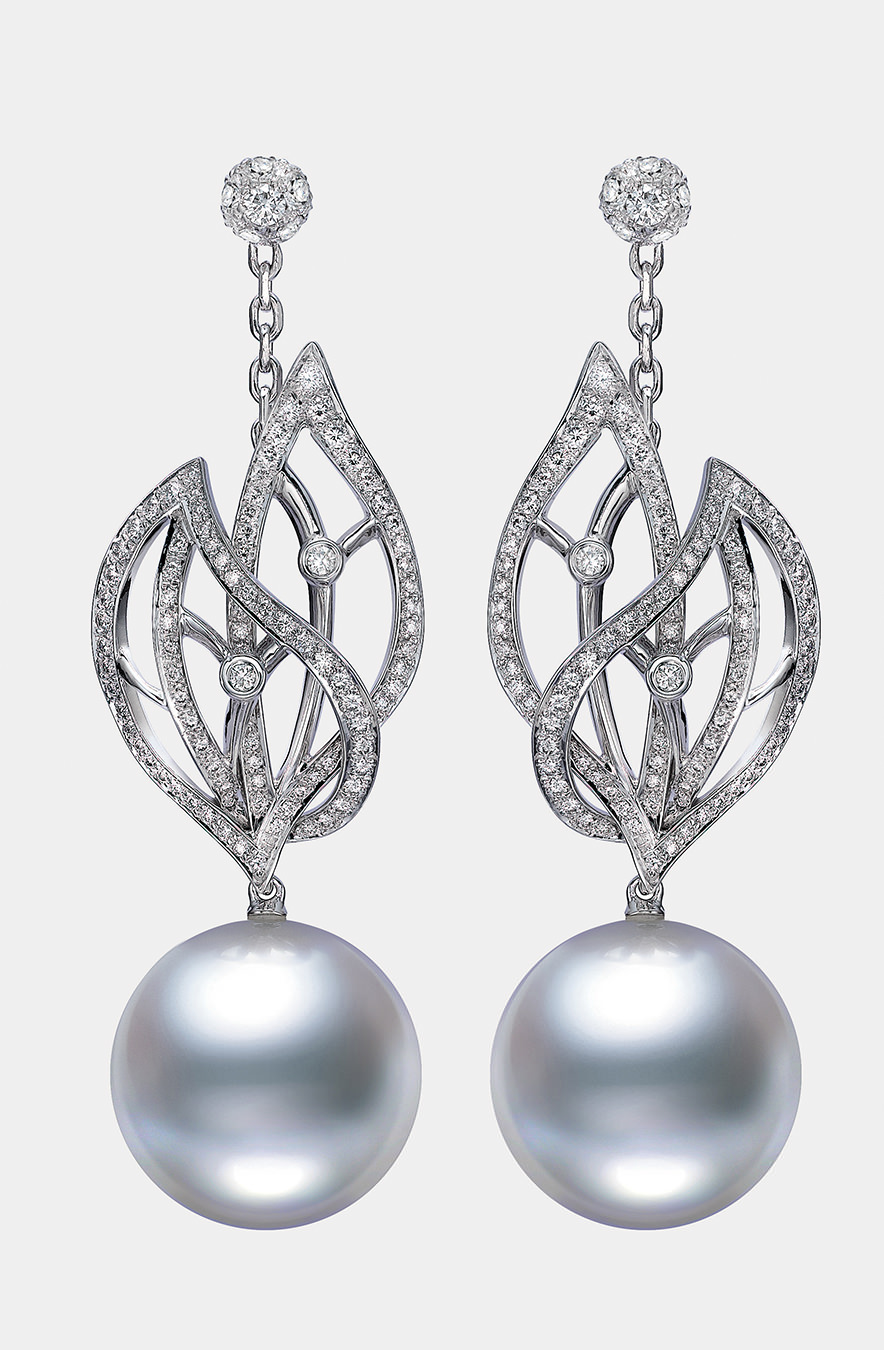-
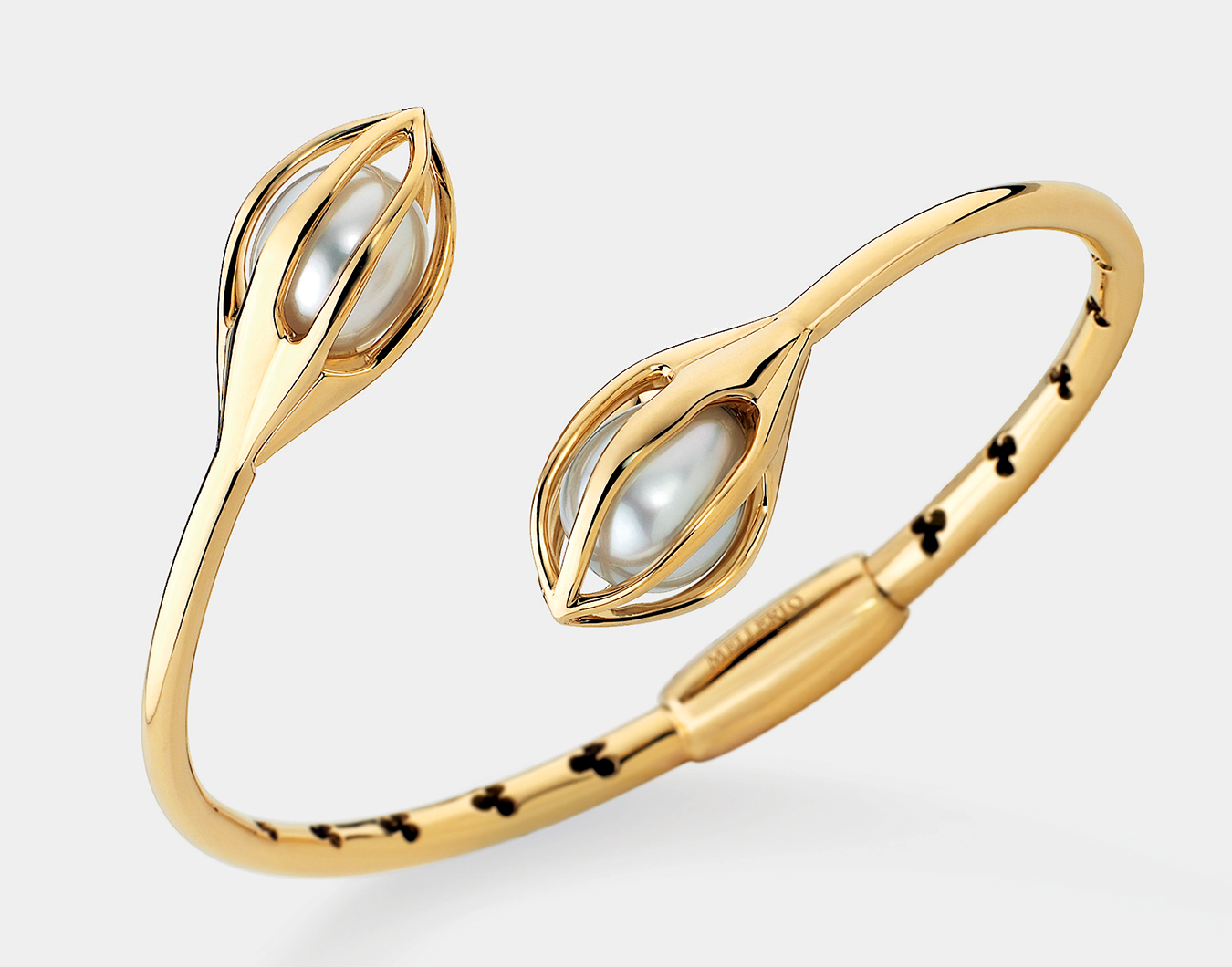
The Florissante bracelet from the Médicis collection.
-

The Luxuriante ring from the Médicis collection.
-
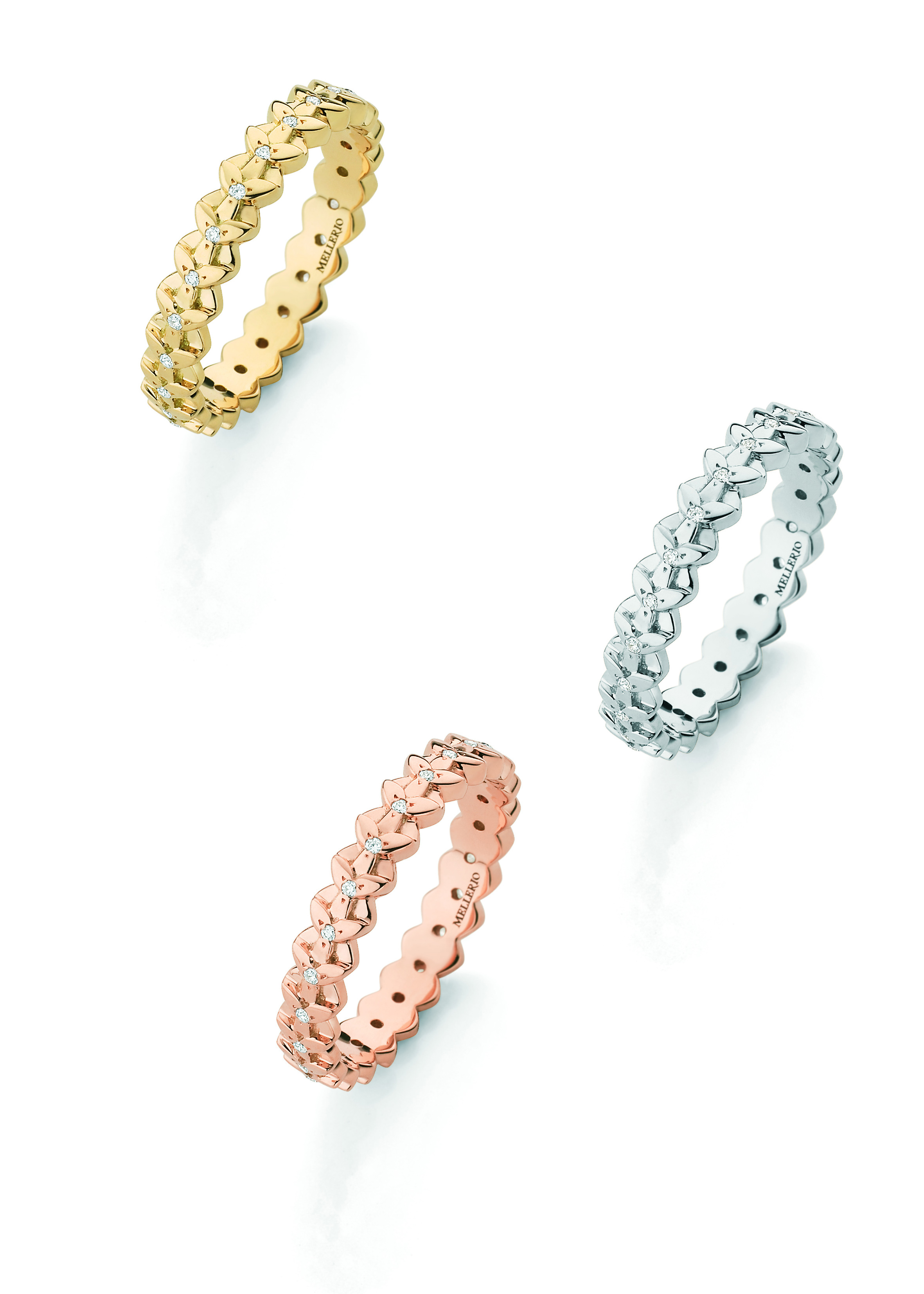
Evanescente rings from the Médicis collection.
-
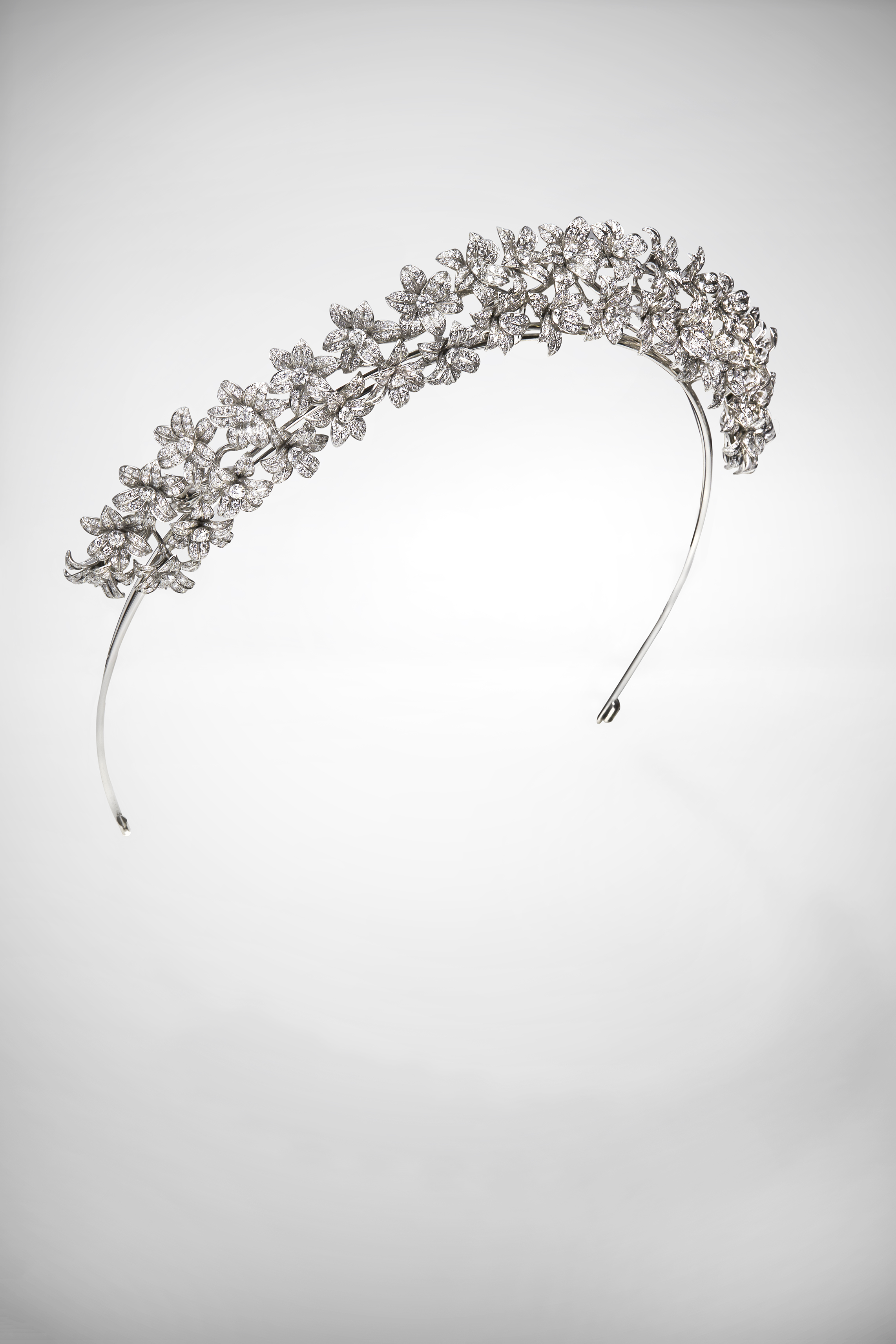
The Convertible Tiara Necklace from the Médicis collection.
-
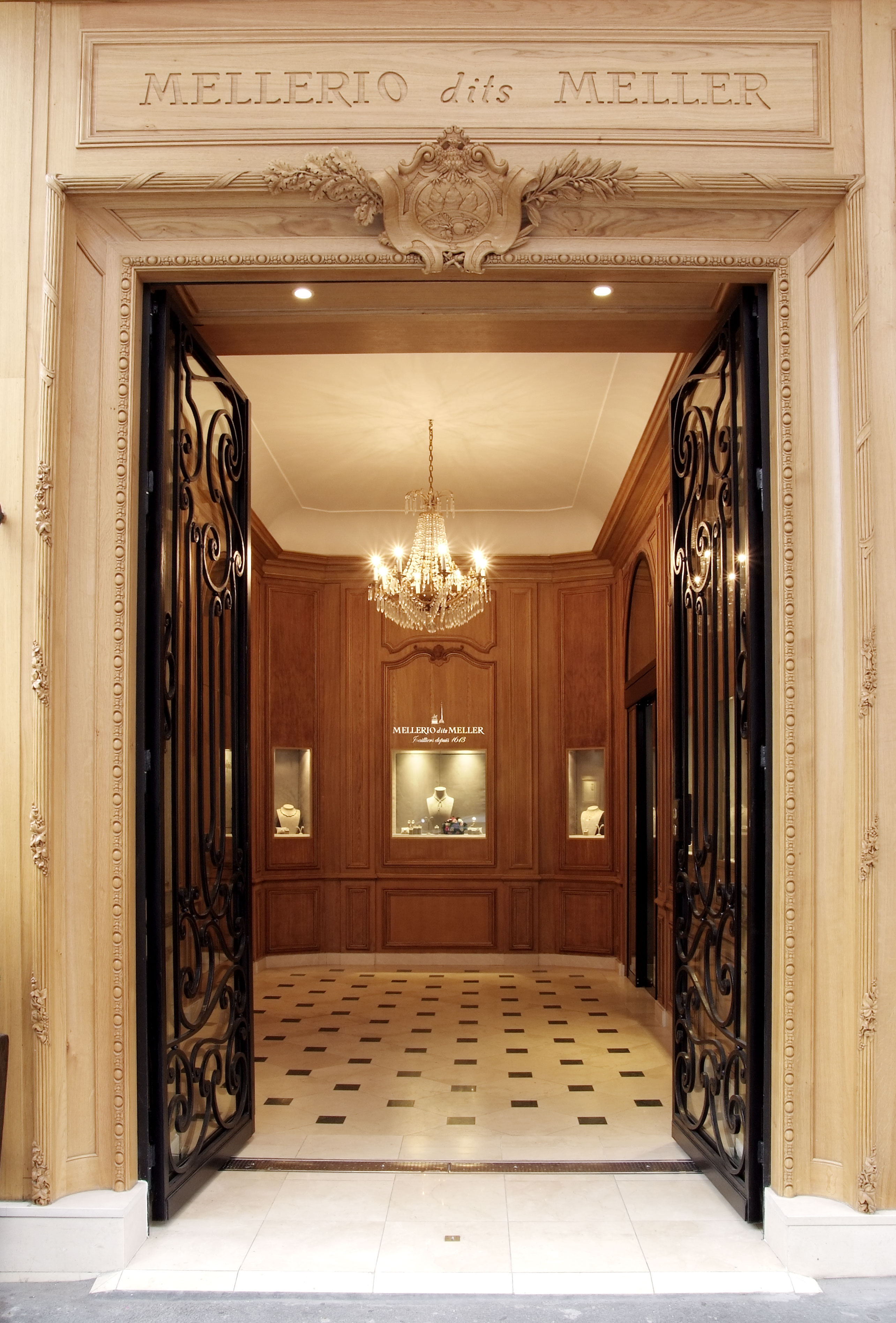
The entrance of Mellerio dits Meller at 9 rue de la Paix, Paris.
-
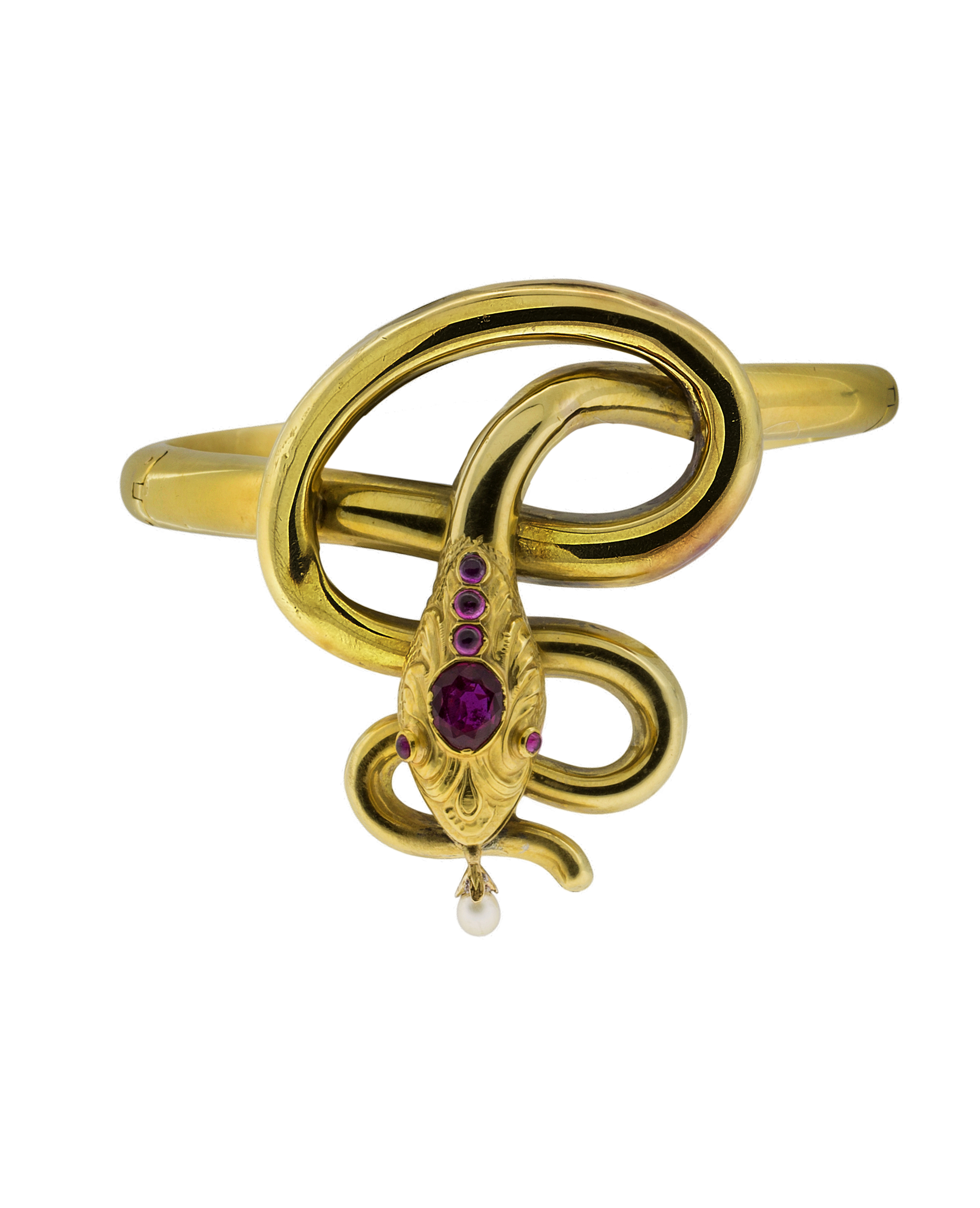
A Snake Bracelet, from the Mellerio dits Meller collection, circa 1860.
-
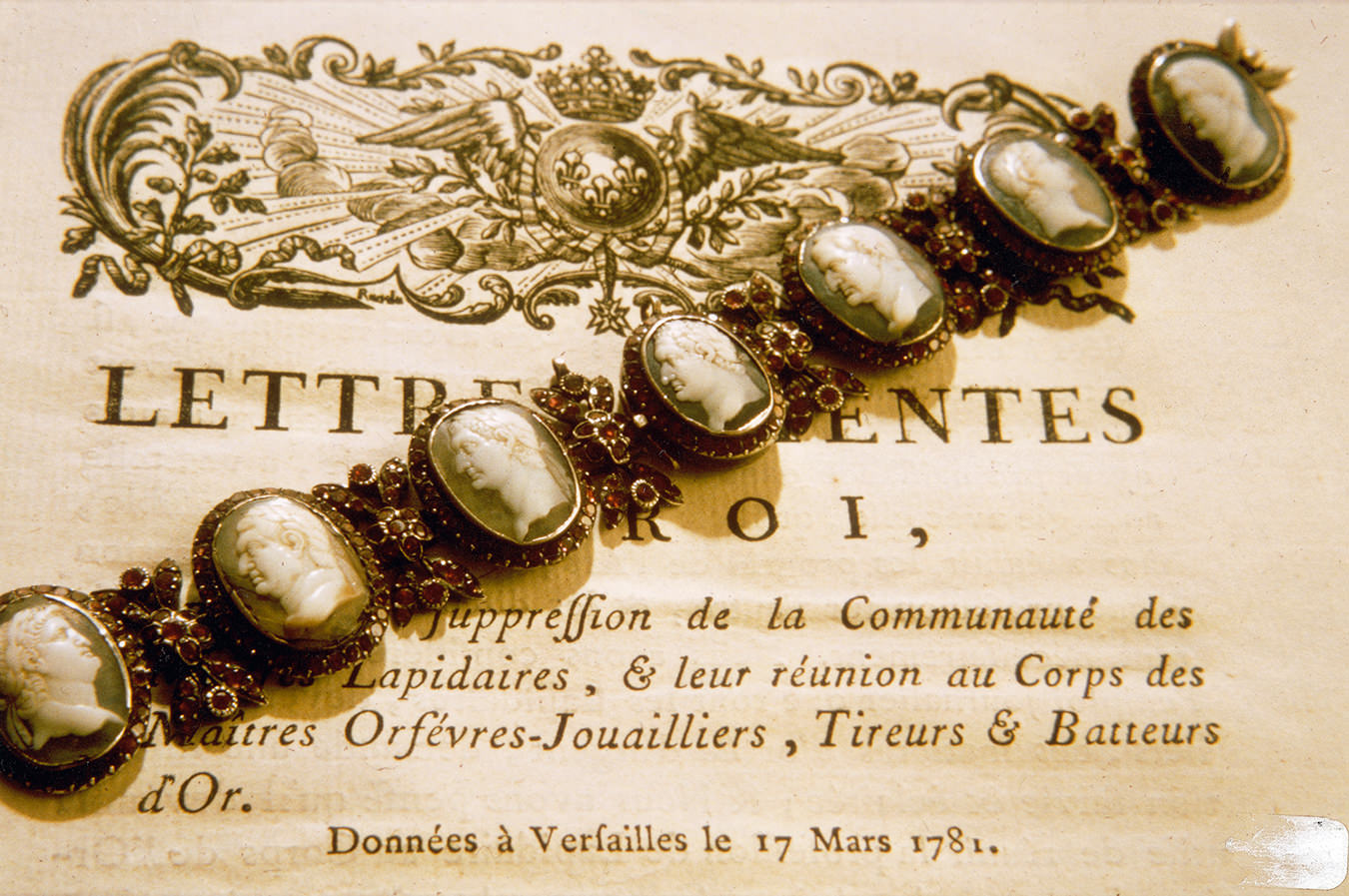
This Mellerio dits Meller Cameo and Ruby Bracelet was bought by Marie Antoinette.
Mellerio dits Meller
A royal setting.
Mellerio dits Meller, the last French independent luxury jewellery firm and the oldest jewellery house in the world, is often cited as the “jeweller to queens” for most of the European monarchs (including Marie Antoinette and Empress Josephine) over the past four centuries. So when director Olivier Mellerio (who is of the family’s 14th generation to run the business) contemplated the creation of the 400th-anniversary collection for his company, he thought of Marie de Médicis, the controversial French queen who was the heritage jeweller’s very first royal patron and is said to have been linked to the company’s very founding.
As the story goes, in 1613, a young chimney sweep named Jacques Pido was cleaning one of the great chimneys at the Louvre and happened to overhear an assassination plot directed at Marie de Médicis’s son, the young King Louis XIII. (Pido belonged to one of three families—one of which was the Mellerio clan—who moved from Italy to France together to work.) Pido went to Jean-Marie Mellerio, a merchant of small precious objects who frequented the palace. Upon hearing the news, Queen Regent Marie de Médicis arrested the plotters, and a decree was given by the queen’s council to the three villages where the three Italian families originated, including the Mellerios, whereby the inhabitants were granted privileges to conduct their business in France without having to register or pay taxes.
The decree was dated October 10, 1613. Now, 400 years later, Mellerio dits Meller, located on 9 rue de la Paix in Paris (the first-ever jewellery boutique on the famous avenue of high jewellers), is celebrating its fourth centennial with Médicis, a 37-piece collection centred on the queen, who for centuries has been quite the misunderstood monarch in France. Mellerio commissioned French-Canadian jeweller Édéenne to conceive the celebratory collection and set about rehabilitating the image of Marie de Médicis.
Édéenne drew inspiration from the firm’s extraordinary archives and its collection of precious stones acquired by several generations of the Mellerio family. Though Marie was not a well-regarded historical figure—she was alleged to have known details of her husband King Henri IV’s assassination, and she was later exiled by Louis XIII twice for plotting against him—Mellerio wanted Édéenne’s signature storytelling style to depict Marie as the modern Renaissance woman she was, who managed personal and professional affairs, including the supervision of the building of the Palais du Luxembourg (the French Senate today). Marie loved jewellery and was an avid collector of pearls and diamonds, but Mellerio didn’t want to simply resurrect Renaissance jewellery. “The idea was, if Marie de Médicis was alive today, what style of jewellery would she wear?” says Mellerio.
The central Médicis collar necklace in the collection is reminiscent of the collar gowns of the period and symbolizes Marie’s stance on jewellery as more adornment than accessory. Taking more than 4,800 hours of work to complete, the Médicis necklace was created without a clasp, using 15 exceptionally exquisite pigeon blood rubies, and it has many reflections to hide all of the articulations. The idea was to depict new ways of wearing jewels, similar to clothes on the body, a style that also has traditional elements and pays homage to the innovations of the jewellery house in the 19th century. The Traîne de Corsage brooch in the collection was inspired by the chatelaines that the house used to design in the 1800s.
This idea of revolutionizing the past is how the Mellerios have transitioned through the times. They approach the art of jewellery making the same way they conduct the company: “We reinvent. If you don’t reinvent, you disappear,” says Mellerio of his business, which is one of Europe’s oldest family-owned companies, if not the oldest. “To keep the house independent and within the family is a choice—a choice that each generation has to make … We want to keep the house as an art, which means to keep it at a size that is in conformity with the family structure.”
Some of the greatest entrepreneurs and innovators in the history of the firm were the generations before and after the French Revolution. “François and Jean-Baptiste Mellerio were two cousins who were extremely instrumental in building up the maison,” says Mellerio. Much more recently, in 2004, the house created its own cut—the Mellerio Cut, a 57-facet jewel shaped as an oval within an ellipse. Many of the collections and one-off pieces are set in gold or platinum with this cut with precious stones such as sapphires, rubies, emeralds, and diamonds.
Profoundly tied to their past, contemporary collections at Mellerios are in honour of the historical queens who would order their personal jewels from the house, including the Marie-Antoinette collection and theMonte Rosa (inspired by Margherita of Savoy, the first queen of Italy). Crown Princess Masako of Japan joined the list of prestigious patrons when her father gave her a Mellerio-designed watch as a wedding present in 1993. But while the likes of Marie Antoinette and Josephine will always spotlight the Mellerio list of queenly customers, Marie de Médicis was the one who created it in the first place.



